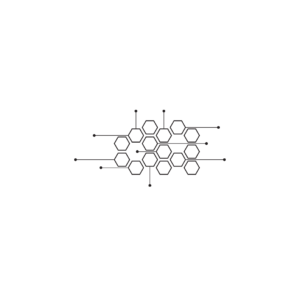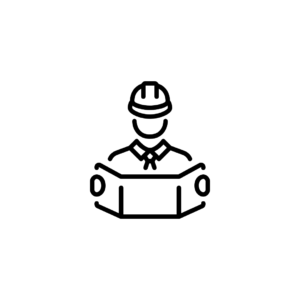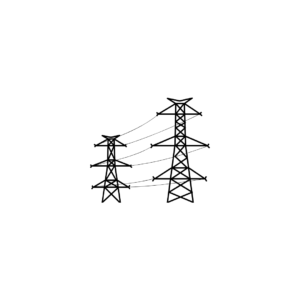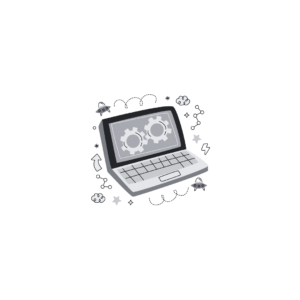Description
A Diploma Lateral Entry in Electrical Engineering is designed for students who have completed a relevant technical diploma (such as in electronics or instrumentation) and wish to specialize further in electrical engineering. This program allows for direct admission into the second year of the diploma course, enabling students to build on their foundational knowledge while focusing on various aspects of electrical engineering.
Curriculum Overview
The curriculum for a Diploma Lateral Entry in Electrical Engineering typically combines theoretical knowledge with practical applications. Here are some common subjects and areas of study that students may encounter:
Fundamentals of Electrical Engineering:
Introduction to the basic principles of electrical engineering, including concepts such as voltage, current, resistance, and power.
Circuit Theory:
Study of electrical circuits, components (resistors, capacitors, inductors), and the analysis of both AC and DC circuits.
Electrical Machines:
Overview of various types of electrical machines, including transformers, AC machines, and DC machines, focusing on their construction, working principles, and applications.
Power Electronics:
Introduction to electronic devices used in power conversion and control, covering topics like thyristors, transistors, and power converters.
Control Systems:
Basics of control theory, including feedback systems, transfer functions, and stability analysis.
Digital Electronics:
Study of digital circuits and systems, including logic gates, combinational and sequential circuits, and microcontroller basics.
Instrumentation and Measurement:
Techniques and tools for measuring electrical and electronic parameters, including sensors and transducers.
Power Systems:
Introduction to electrical power generation, transmission, distribution, and the analysis of power systems.
Renewable Energy Systems:
Overview of renewable energy sources such as solar, wind, and hydroelectric power, and their integration into electrical systems.
Electrical Safety and Standards:
Understanding safety practices, electrical codes, and regulations to ensure safe design and operation of electrical installations.
Electrical Drawing and Design:
Basics of electrical drafting, schematics, and design of electrical installations.
Project Work:
A hands-on project that allows students to apply their theoretical knowledge to practical problems, such as designing an electrical circuit or system.
Career Opportunities
Graduates of a Diploma Lateral Entry in Electrical Engineering can find a variety of career opportunities across numerous sectors, including utilities, manufacturing, construction, and technology. Some potential job roles include:
Electrical Engineer: Involved in designing, developing, and testing electrical systems and components.
Electrical Technician: Working on the installation, maintenance, and repair of electrical equipment and systems.
Control Systems Engineer: Designing and implementing control systems for various industrial applications.
Power Systems Engineer: Focusing on the generation, distribution, and management of electrical power.
Electronics Engineer: Specializing in the design and development of electronic circuits and systems.
Instrumentation Engineer: Working with instruments and sensors to monitor and control engineering processes.
Maintenance Engineer: Overseeing the maintenance of electrical systems and equipment to ensure operational efficiency.
Field Service Engineer: Providing on-site support for electrical equipment and systems, identifying issues and implementing solutions.
Renewable Energy Technician: Installing and maintaining renewable energy systems, such as solar panels and wind turbines.
Project Engineer: Managing electrical engineering projects, from planning to execution, ensuring they meet requirements and deadlines.
Further Education
After completing the Diploma Lateral Entry in Electrical Engineering, graduates may choose to pursue a Bachelor’s degree in Electrical Engineering, Electronics Engineering, or related fields. Additionally, obtaining certifications in specialized areas such as power systems, PLC programming, or renewable energy can enhance career opportunities and professional development.
If you have any questions about the Diploma Lateral Entry in Electrical Engineering program, potential career paths, or any related topics, feel free to ask!









